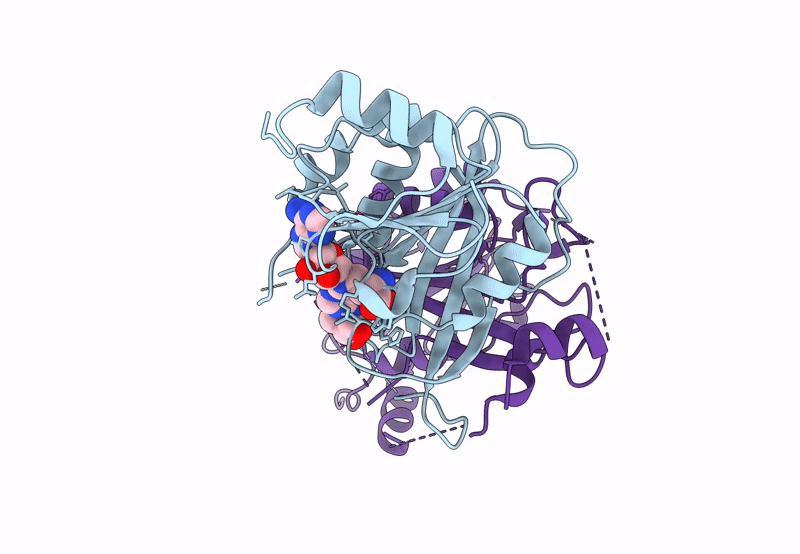
Deposition Date
2023-07-19
Release Date
2023-11-08
Last Version Date
2024-10-23
Entry Detail
PDB ID:
8PW8
Keywords:
Title:
Crystal structure of the human METTL3-METTL14 in complex with a bisubstrate analogue (BA2)
Biological Source:
Source Organism:
Homo sapiens (Taxon ID: 9606)
Host Organism:
Method Details:
Experimental Method:
Resolution:
2.30 Å
R-Value Free:
0.24
R-Value Work:
0.19
R-Value Observed:
0.19
Space Group:
P 32 2 1


